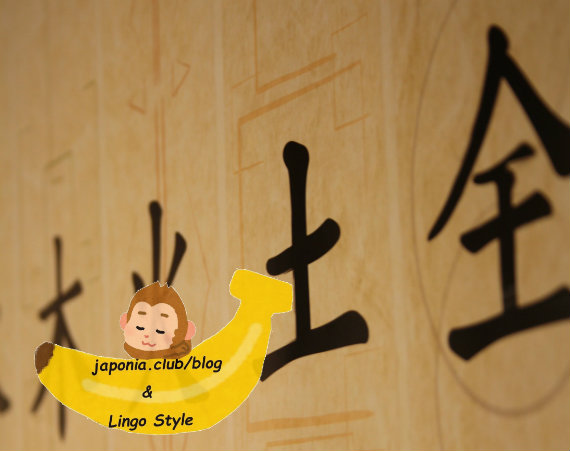
What is Onyomi and Kunyomi?
There are multiple ways to read a kanji character. Most kanji have multiple kun-yomi and on-yomi, but there are some characters that have only one of them.
Kun-yomi definition and when we use Kun-yomi
Kun-yomi is usually used when a kanji stands alone (山 yama = mountain, 木 ki = tree , 海 umi = sea) or is followed by okurigana (okurigana = hiragana that follows after a kanji as part of the word. E.g. 読む yomu = to read、書くkaku = to write、新しい atarashii = new). Kun-yomi is indicated in kanji dictionaries by hiragana characters or lowercase romaji.
On-yomi definition and when we use On-yomi
On-yomi is used in words that are compound by two or more kanji (e.g. 電車 densha = train、駐車場 chu-shajou = parking lot、春夏秋冬 shunkashu-tou = the four seasons、日本語能力試験 Nihongo Nouryoku Shiken = Japanese Language Proficiency Test). It is indicated in kanji dictionaries by katakana characters or uppercase romaji.
On-yomi and Kun-yomi mixture
Be careful! There are some compound words read in kun-yomi (e.g. 青空 aozora = blue sky, 熊本 Kumamoto = the name of a prefecture in Japan) or words read using a mix between kun-yomi and on-yomi (e.g. 場所 basho = place, ba is kun-yomi and sho is on-yomi; 銀色 giniro = silver color, gin is on-yomi and iro is kun-yomi).
If you come across a word that has a kanji which has multiple kun-yomi or on-yomi, you should look it up in the dictionary in order to check the correct reading.